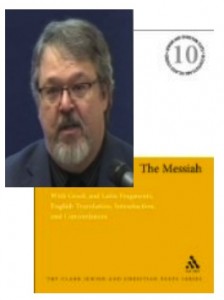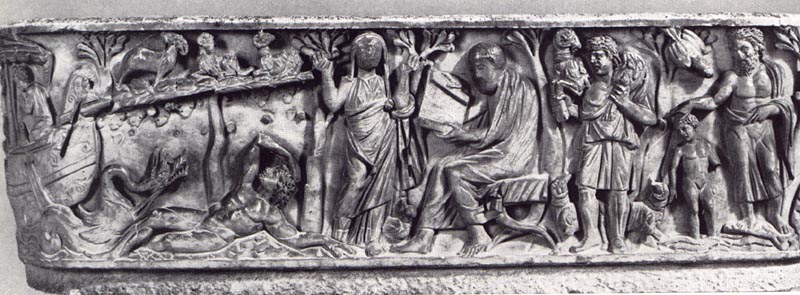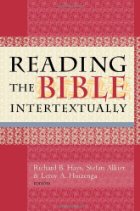The Messiah figure (or Christ) in the Book of Enoch, specifically in the Parables or Similitudes section of that book, has several attributes and performs certain functions that make him a precursor of the Christ figure who became the focus of Christianity.
Paul’s understanding of who and what Christ was appears to have been influenced by the Book of Parables in 1 Enoch. Paul says that his gospel was revealed to him so it is easy to assume that either God revealed Christ to him in a vision or that he developed his own Christ concept to preach. However, the similarities of his Christ with the Christ/Messiah in Enoch are striking. Moreover, the same Enochic literature teaches that Christ is a figure unknown except to those to whom he is revealed from heaven. Or was he revealed to Paul, at least in part, through the Book of Enoch?
This account of at least one Jewish group’s beliefs about the Messiah before the time of Paul (and Jesus) is taken from The Messiah: A Comparative Study of the Enochic Son of Man and the Pauline Kyrios by James A. Waddell. The previous post in this series is here.
First things first. Let’s establish where in the Parables of Enoch (or Book of Parables, BP) we read the actual term “Messiah” or “Christ” — meaning “Anointed One”. The word occurs twice:
And on the day of their affliction there shall be rest on the earth,
And before them they shall fall and not rise again:And there shall be no one to take them with his hands and raise them:
For they have denied the Lord of Spirits and His Anointed.
The name of the Lord of Spirits be blessed.
And he said unto me: ‘All these things which thou hast seen shall serve the dominion of His Anointed that he may be potent and mighty on the earth.’
We shall see through this series that this Christ, the Anointed One, is also named the Righteous One, the Chosen One, the Son of Man, and Name of the Lord of Spirits. We begin to look at some of the attributes or nature of this being in this post, and then we will (courtesy of Waddell) study the functions, the role, of this Messiah.
A Human Being
The Messiah in the Book of Enoch is a human being. It is the man Enoch himself who is (near the end of the book) declared to the Messiah himself. Enoch is the sixth human generation after Adam, or the seventh, counting inclusively. The human nature of Enoch is driven home in the following:
1 Enoch 37:1
The second vision which he saw, the vision of wisdom — which Enoch the son of Jared, the son of Mahalalel, the son of Cainan, the son of Enos, the son of Seth, the son of Adam, saw.
Compare 60:8 (Noah speaking)
the garden where the elect and righteous dwell, where my grandfather was taken up, the seventh from Adam, the first man whom the Lord of Spirits created.
So Enoch, we are emphatically assured, belongs to the human race. He is a descendant of Adam.
Then at the end of the BP this same human Enoch is explicitly identified with the Son of Man: Continue reading “Christ Before Christianity, 2: A Man Ascended to Heaven”




 In his
In his  Continuing the series that is archived
Continuing the series that is archived 
